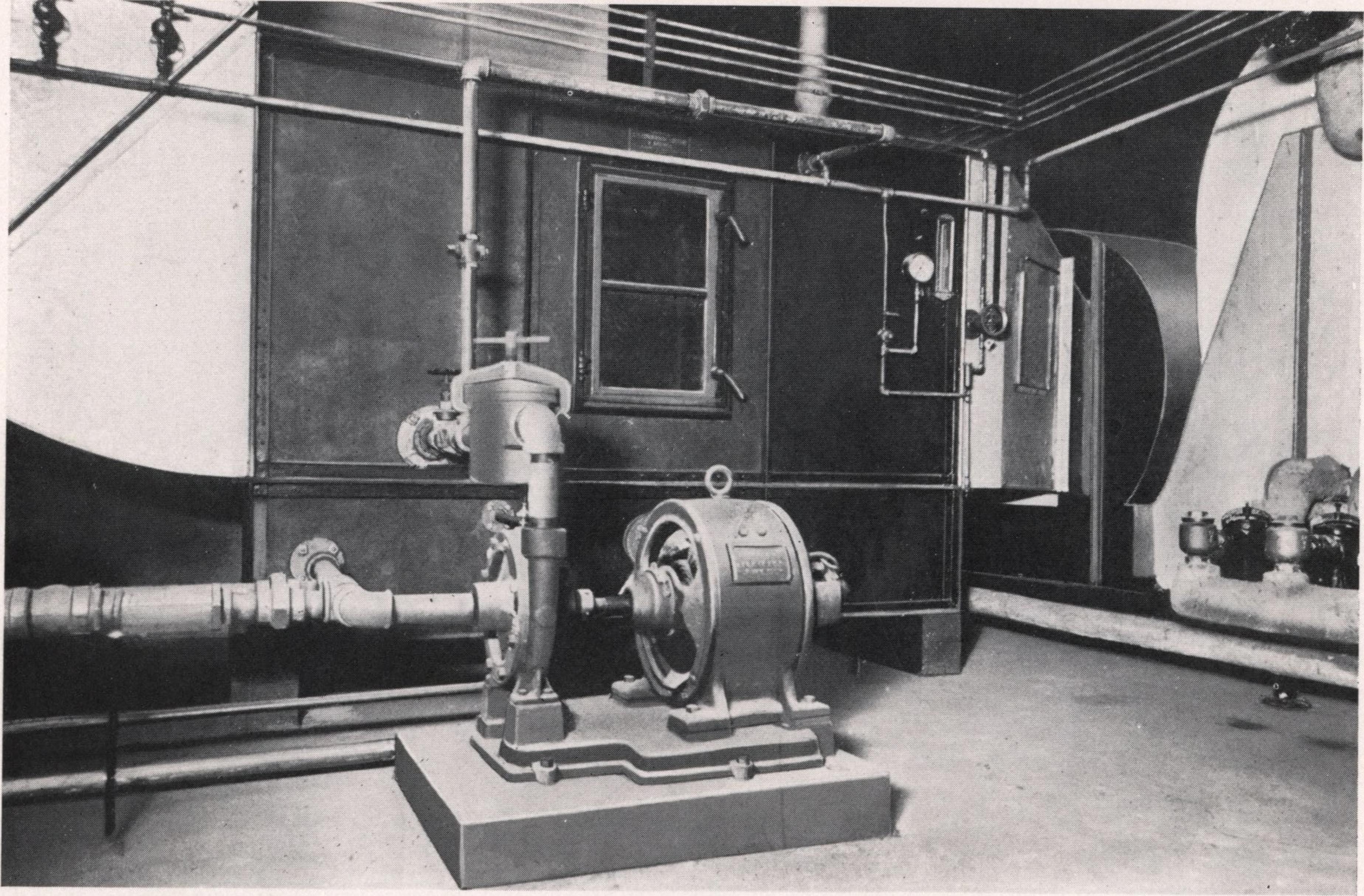When you duck out of the sweltering heat and walk into your nicely cooled home this summer, you have one guy to thank: Willis Haviland Carrier. Way back in 1902, this young engineer from New York changed the world with his innovative system of removing humidity from the air to change the quality and temperature. His intent was not, however, to elevate the comfort of the workers of Sackett & Wilhelms, who had contracted with the engineering company Carrier worked for. Rather, Carrier’s goal was to preserve the color and page quality of the magazines Sackett & Wilhelms printed, which up to then were routinely ruined by high humidity levels.
As strange and unbearable as it may seem to us today, living with daily heat fluctuations was a routine way of life for Americans, long after Carrier installed his first system at Sackett & Wilhelms. The size of the cooling units, the chemicals used, and the costs involved made having A/C in one’s home prohibitive, limiting them to manufacturing facilities where controlling the air was instrumental to creating more efficient processes. The fact that the workers stayed a bit more comfortable was merely an added bonus. The homes of the day were designed in ways to stave off the worst of the summer heat with high ceilings, shady trees, windows arranged for cross winds, and even sleeping porches.
In the 1920s, air conditioners in manufacturing facilities slowly grew in popularity, and by the 1930s they began to be installed in theatres. The marketing appeal was easy to understand as theatres became the chosen spot for a few hours of cool reprieve. The technology continued to be refined and improved, and in 1939 Carrier debuted a fully air conditioned “igloo” at the New York World’s Fair to much acclaim.
The progress of air conditioning in residences was slowed during World War II, but the technology continued to evolve to help aid war efforts such as cooling food for troops and keeping America’s factories working effectively. When the war was over, there was a press for cooling in homes, and demand soon overtook production. The trend continued across America, and in 1953 one million units were sold.
As home cooling has stretched from big city to small towns, it has transformed the way people live and work into a far more comfortable existence. It has allowed parts of the country to enjoy economic booms, simply because the regions’ heatwaves are more manageable. Even here in Indiana we like to tip our hat to Willis Carrier during the hottest days of summer. If by chance you walk into your home and don’t feel that welcome blast of cool air, give us a call and we will be right out to carry on in Carrier’s footsteps.
